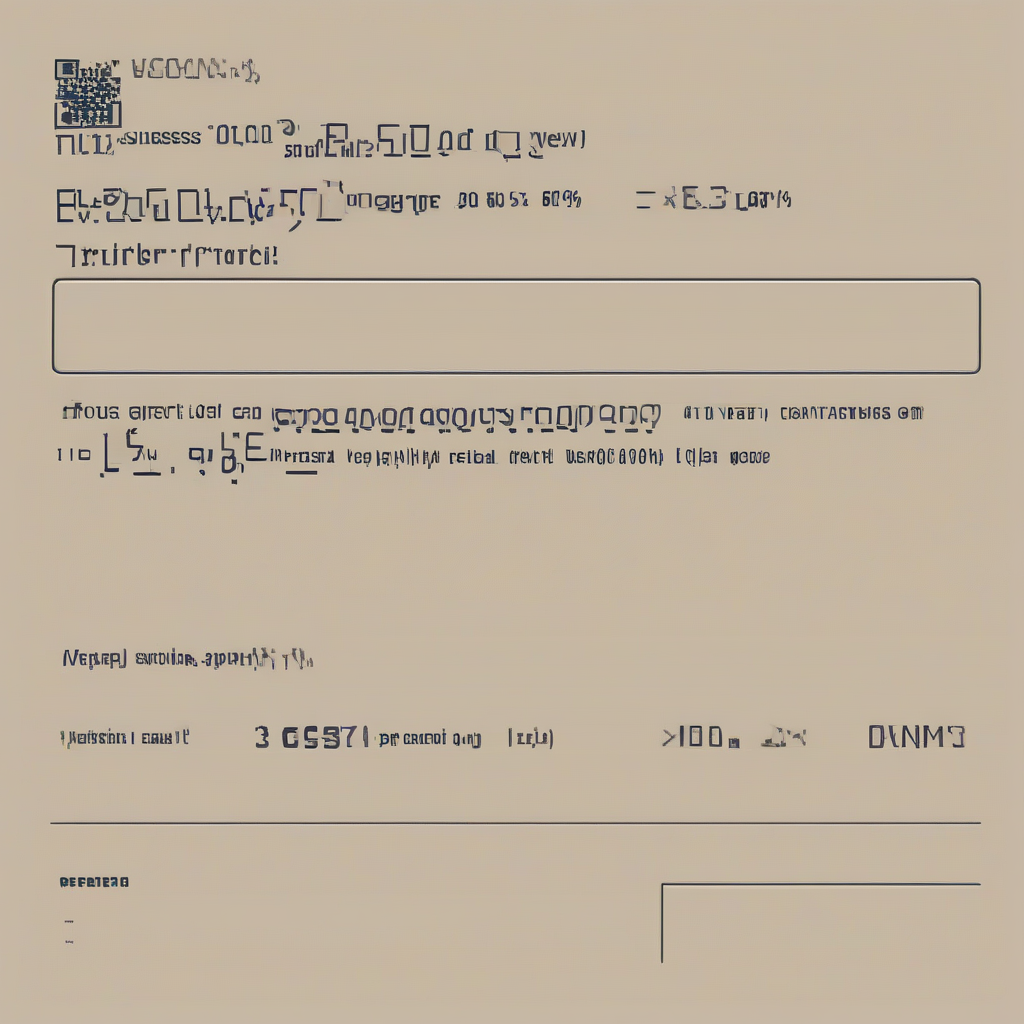Crypto Short-Term Trading: Strategies, Risks, and Tips for Success

Crypto Short-Term Trading: Strategies, Risks, and Tips for Success
Short-term trading in the cryptocurrency market is a thrilling and potentially lucrative endeavor, but it also comes with significant risks. This guide will delve into the nuances of short-term crypto trading, exploring effective strategies, potential pitfalls, and valuable tips to help you navigate this dynamic space.
What is Crypto Short-Term Trading?
Crypto short-term trading involves buying and selling cryptocurrencies within a short timeframe, typically ranging from minutes to days, with the goal of profiting from short-term price fluctuations. This high-frequency approach requires close monitoring of market trends, swift decision-making, and a strong understanding of technical analysis.
Strategies for Short-Term Crypto Trading
- Scalping: This strategy aims to capitalize on small price swings within a short time frame, often within minutes or even seconds. Scalpers use high leverage to amplify profits but face increased risk.
- Day Trading: Day traders focus on buying and selling cryptocurrencies within the same trading day, seeking to profit from price movements during the day's session. They typically utilize technical indicators to identify entry and exit points.
- Swing Trading: Swing traders attempt to capitalize on short-term price swings lasting anywhere from a few days to a few weeks. They identify trends and use technical analysis to predict price reversals.
- News Trading: News traders exploit price movements triggered by significant market-moving news events, such as regulatory announcements, blockchain updates, or technological advancements.
Technical Analysis Tools for Short-Term Trading
Technical analysis plays a crucial role in short-term crypto trading. Traders rely on various tools and indicators to analyze price charts and identify potential trading opportunities:
- Moving Averages: These indicators smooth out price fluctuations, providing an average price over a specified period. They can be used to identify trends and potential support and resistance levels.
- Relative Strength Index (RSI): This momentum indicator measures the magnitude of recent price changes to assess overbought and oversold conditions in the market. It can help traders identify potential reversals.
- Bollinger Bands: These volatility indicators display price ranges based on standard deviations from a moving average. They can be used to identify potential breakout points and price consolidation periods.
- MACD (Moving Average Convergence Divergence): This trend-following indicator helps identify changes in the momentum of price movements, potentially indicating bullish or bearish trends.
Risks of Short-Term Crypto Trading
Short-term crypto trading is associated with several inherent risks:
- High Volatility: The cryptocurrency market is notoriously volatile, subject to rapid and unpredictable price swings. These fluctuations can lead to significant losses in a short time.
- Market Manipulation: The decentralized nature of cryptocurrencies makes them susceptible to manipulation by large market players, potentially impacting price movements and trading outcomes.
- Trading Fees: Crypto exchanges typically charge fees for transactions, eating into potential profits. These fees can add up significantly, especially in high-frequency trading.
- Liquidity: Some cryptocurrencies may have limited liquidity, making it difficult to buy or sell quickly without impacting market prices. Low liquidity can lead to slippage, where the actual execution price differs from the anticipated price.
- Psychological Biases: Short-term trading often involves high emotional involvement, leading to impulsive decisions and irrational trading behavior, such as fear of missing out (FOMO) or panic selling.
Tips for Successful Short-Term Crypto Trading
Here are some valuable tips to improve your chances of success in short-term crypto trading:
- Backtest Your Strategies: Use historical market data to test your trading strategies before risking real capital. This helps evaluate their effectiveness and identify potential flaws.
- Develop a Trading Plan: Clearly define your trading goals, risk tolerance, and risk management strategies. This helps ensure you stay disciplined and avoid emotional trading decisions.
- Use Stop-Loss Orders: These orders automatically limit your potential losses by selling your position when the price reaches a predetermined threshold. They act as a safety net in volatile markets.
- Manage Your Risk: Never risk more than you can afford to lose. Diversify your portfolio across different cryptocurrencies to reduce the impact of any single asset's price fluctuations.
- Keep Informed: Stay updated on market news, technical analysis, and fundamental developments in the crypto space to make informed trading decisions.
- Learn from Mistakes: Analyze your trading history to identify recurring errors and learn from your mistakes. This helps refine your strategies and improve your trading performance.
- Control Your Emotions: Resist the urge to chase profits or panic sell. Make rational decisions based on your trading plan and avoid letting emotions influence your trades.
Conclusion
Short-term crypto trading offers the potential for significant gains but comes with substantial risks. By understanding the strategies, tools, and potential pitfalls, you can approach this dynamic market with a more informed and disciplined mindset. Remember to always practice responsible risk management, continuously learn and adapt your strategies, and maintain a level head in the face of market volatility.
What's Your Reaction?
















